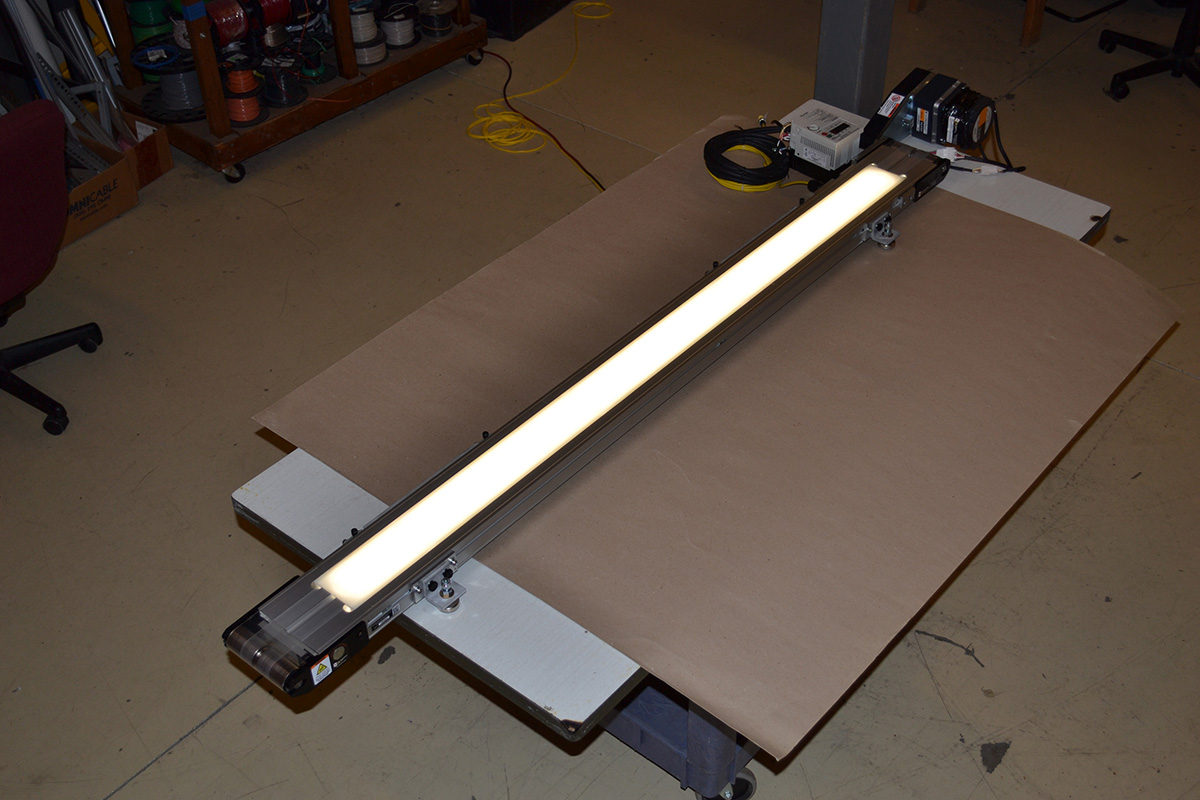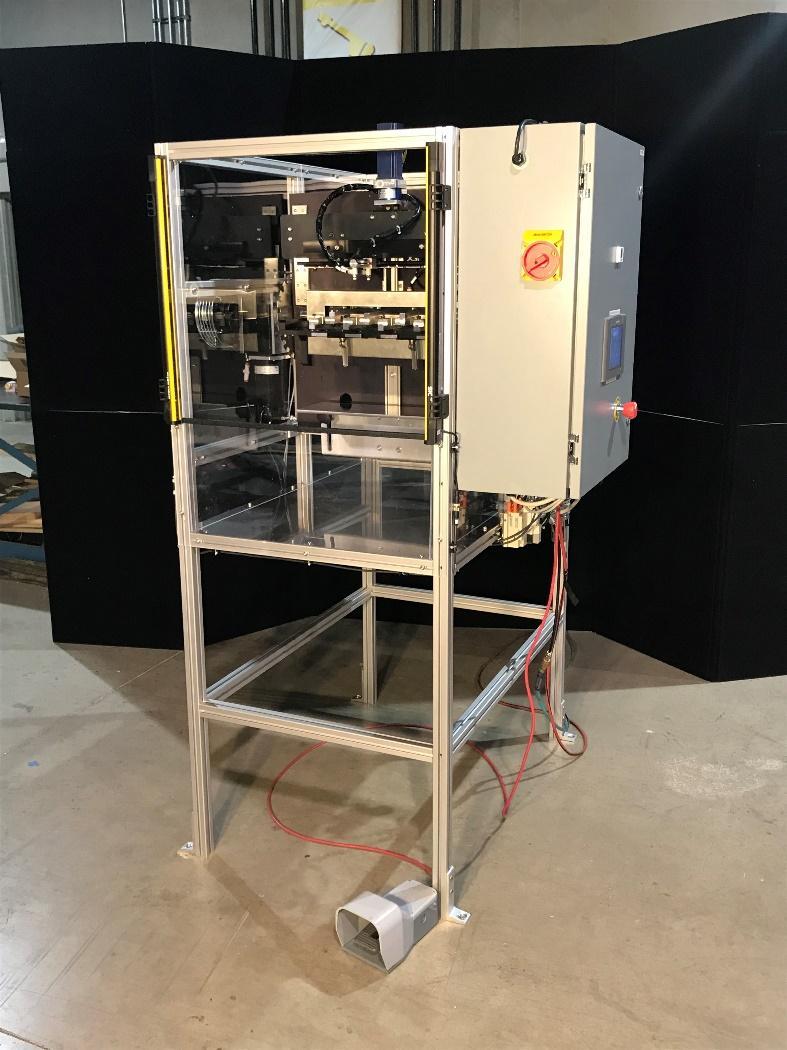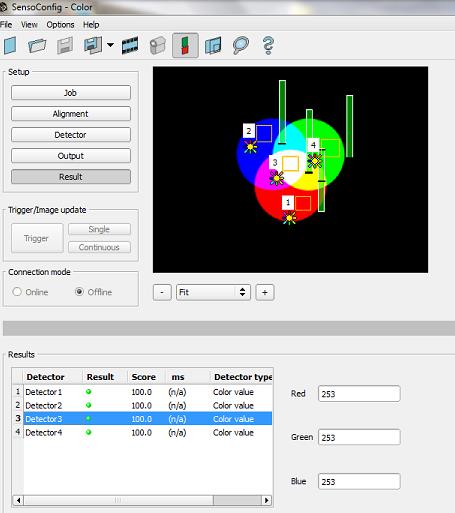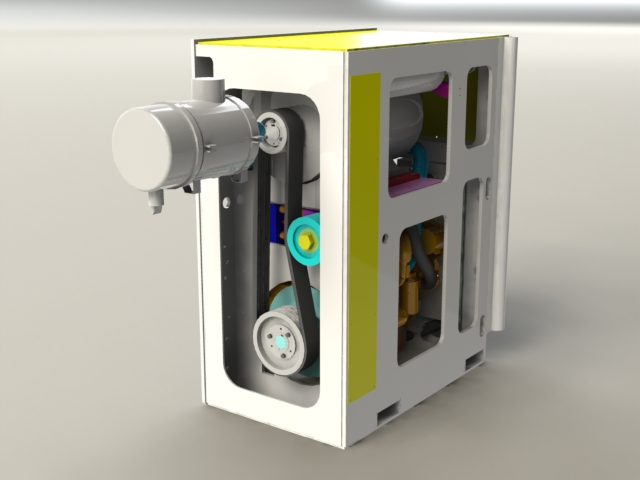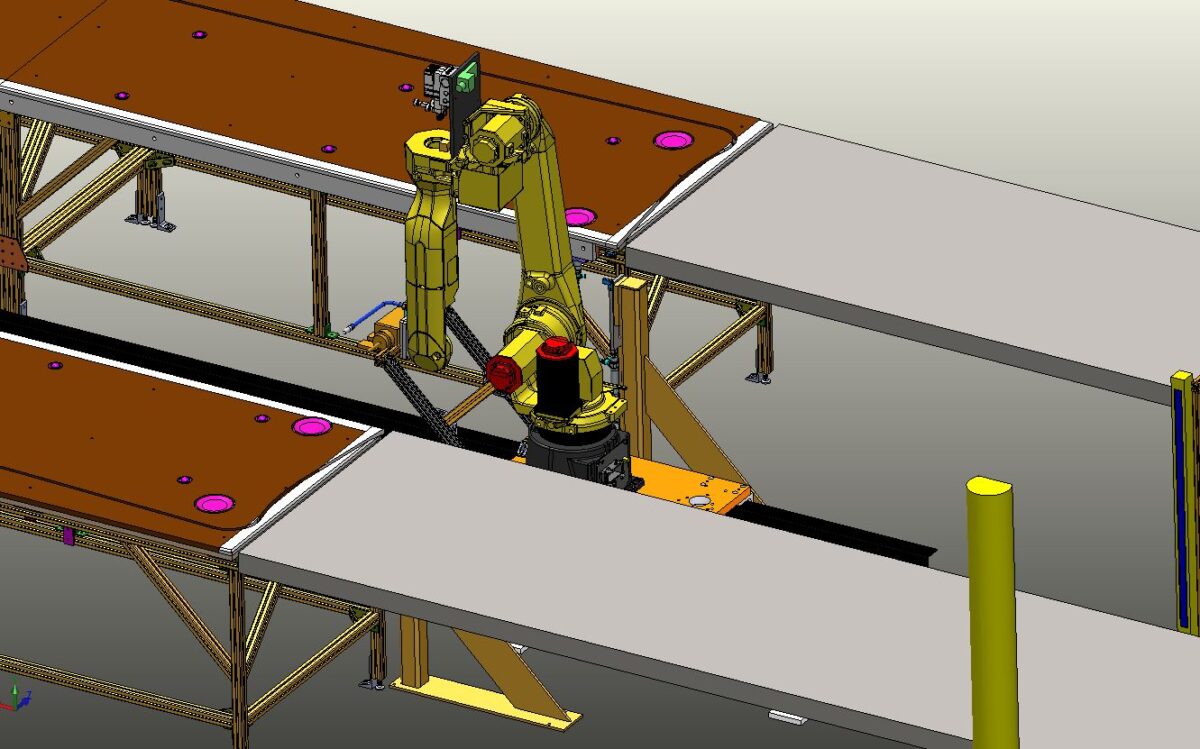A client in the medical industry needed a faster, more reliable method of filling oral syringes with liquid medications. Having human operators fill syringes one at a time was not efficient. That system led to inconsistencies between operators, and waste, due to air bubbles, causing inexact measurements of medicine.
To solve the client’s problem, MJ Engineering developed a machine that can automatically fill up to four syringes at once with the exact amount of fluid desired every time. It reduces or eliminates air bubbles and is faster and more precise than a person or machine filling one syringe at a time. Additionally, it is less complicated and expensive than a fully-automated, high-speed line of equipment.
With MJ Engineering’s machine, an operator can select a pre-programmed “recipe,” which contains information about the size of the syringe and other settings. When ready, the operator loads the bottles and syringes into the machine and presses a foot switch to start the automatic filling process.
MJ Engineering’s oral syringe filling machine can fill up to 400 syringes per hour, doubling the number filled by the client’s most experienced human operator.
In addition to its fast, easy, hands-free operation, the oral syringe filling machine developed by MJ Engineering uses safety light curtains and other methods to protect the operator, and it is made of stainless steel and aluminum for easy cleaning.
To learn more about our engineering and design services, please contact MJ Engineering. For more details about this specific project, refer to the following information.
Project Description
MJ Engineering designed and developed an oral syringe filling machine that saves time and reduces waste for a client in the medical industry.
Capabilities Applied/Processes
- Designed to fill syringes with liquids of varying viscosities at a volume as low as 0.1 mL
- Equipped with four, customizable grippers that can handle variable syringe sizes (currently available: 0.5 mL, 1 mL, 3 mL, 6 mL, 12 mL, and 20 mL)
- Holds up to 999 programmable recipes
- Adjusts to fit bottles from 3-in. to 7.5-in. in height
- Fills up to four syringes at once
- Flips bottle and syringe for filling, eliminating the need for a valve
- Primes the syringe to reduce or eliminate air bubbles
- Uses a servo motor with an encoder that goes to a repeatable position for the exact same fill level every time
- Documentation provided in hardcopy and electronically
- Training provided for operation and maintenance
Features/Benefits
- Foot switch/handsfree operation
- Stainless steel and aluminum parts/easy wipe down
- Safety light curtains and power lockouts/operator safety
- Four, customizable grippers/increased speed of operation
More Info
Overall Dimensions
Width: 48 in.
Height: 76 in.
Depth: 46 in.
Electrical Specifications
120 VAC, 1 Phase, 60 Hz, @ 30 Amps
Material Used
Stainless steel and aluminum
Industry for Use
Medical
Delivery Location
Ohio
Product Name
Oral Syringe Filling Machine

